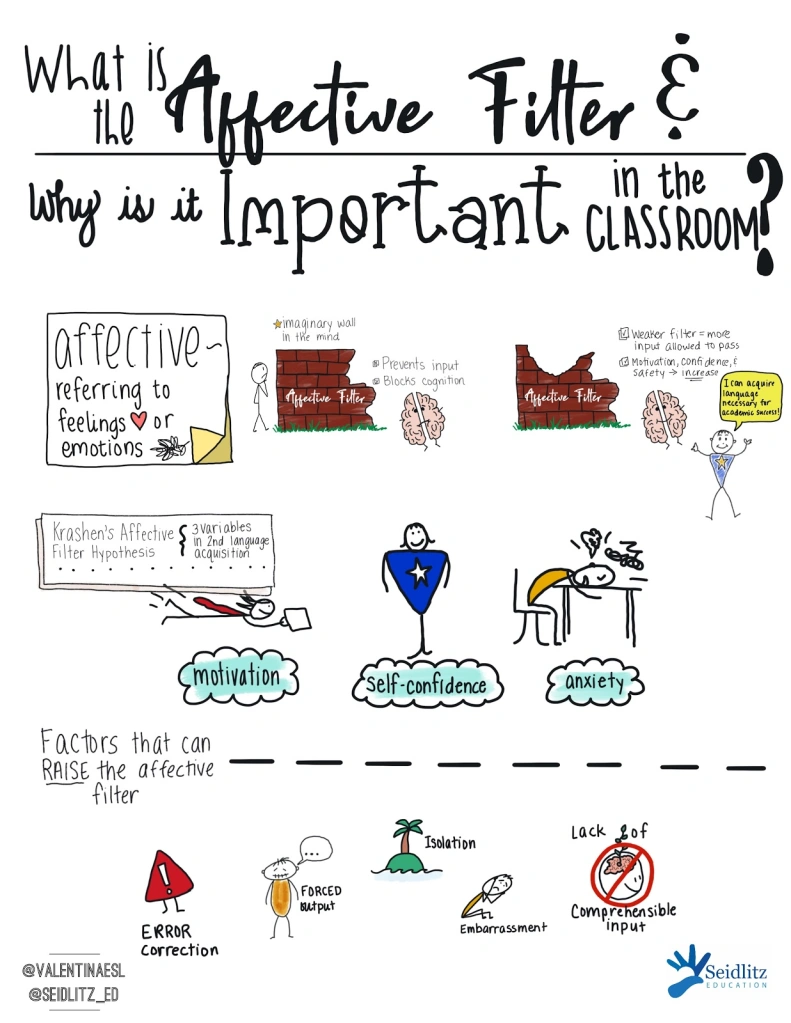As educators, we often talk about starting with the “why” behind all that we do. My why is tied to both my professional role as a counselor and the leader of SEL on my high school campus and my personal belief that we can improve our lives and achieve our dreams if we can develop the right mindset. Perspective is everything, and the skills to flip this perspective and create a new script for our lives are learnable.
In education, we have spent years looking at data that indicates that many students are not achieving. In attempts to solve this achievement issue, the powers that be have enacted legislation, created state accountability measures and studied and implemented a wide array of professional development and support frameworks for teachers. all with questionable success.
Recently, the conversation has focused on relationships, with teachers expected to do the majority of the work to reach and form that relationship. However, a relationship always involves two people and both people must be in the space to capitalize on the teaching/learning relationship.
Looking at data on the social/emotional health of our students, a few of things became clear:
- Many of our students are defeated before they ever enter our classes and lack the tools to change this.
- Teachers need instruction and tools to help fix this because none of us were trained to do this work.
- Relationships are hard.
The solution in my district has been the implementation of 7 Mindsets, an innovative and effective program that has resulted in improvement in discipline numbers, school performance and SEL domains such as Grit and Self-Efficacy as measured by our use of Panorama data.
Despite the fact that 7 Mindsets is essentially a plug and play program, my role is to support implementation and the emotional health of teachers. This blog is the result of that support, those conversations and expanded ideas for integration into core subjects.
Here you will find:
- Expanded thoughts on actionable ideas to improve success for adults
- How this applies to students
- Ideas on impacting those students who need this instruction the most
- Activites that may be helpful to teachers and practioners
I am grateful for you taking the time to visit my page and I hope that my labor of love is beneficial to anyone who spends time reading my thoughts.
With Love,
Susan



